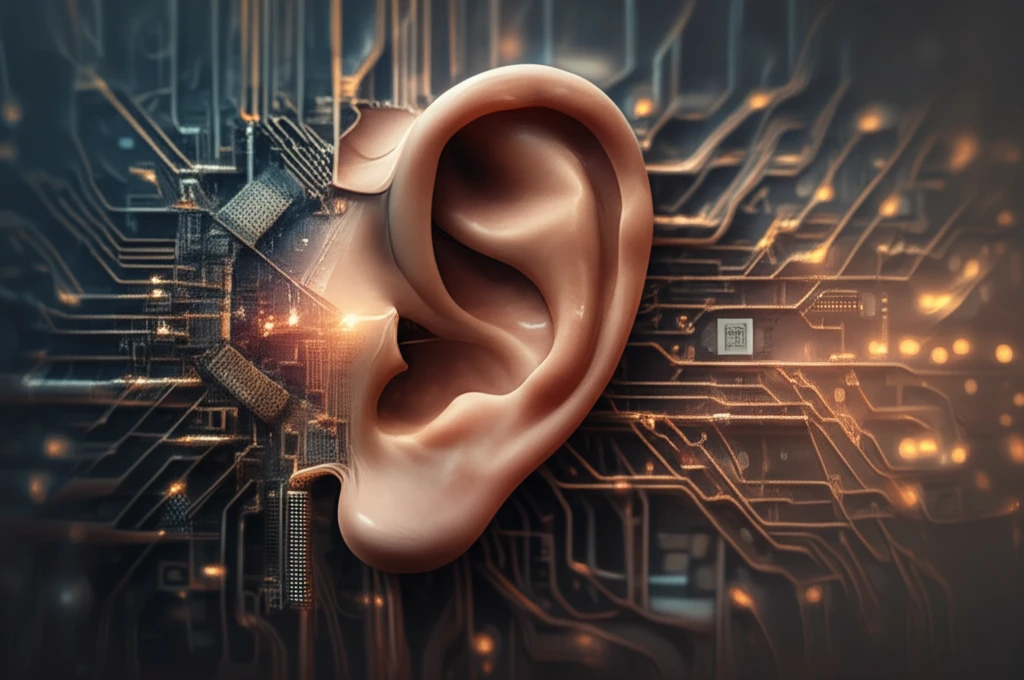
Tiny Tech, Big Impact: How Bio-Inspired Sensors Are Changing Our World
"Explore the groundbreaking advancements in bio-inspired accelerometers and their potential to revolutionize industries from healthcare to automotive safety."
For centuries, innovators have turned to nature for inspiration. From Leonardo da Vinci's flying machines to modern-day robotics, biomimicry—the practice of emulating natural designs and processes—has driven countless technological leaps. Now, a new wave of bio-inspired innovation is poised to transform the world of sensors, with potentially profound implications for everything from medical diagnostics to autonomous vehicles.
Traditional methods for creating microfluidic channels often involve complex post-fabrication processes prone to bubble formation and slow filling times. However, researchers have developed an innovative approach called parylene-on-oil encapsulation. This technique allows for the creation of batch-fabricated, bubble-free, fluid-filled microchannels, streamlining the manufacturing process and improving sensor performance.
This article delves into the fascinating world of bio-inspired angular accelerometers, focusing on a novel parylene-on-oil encapsulation process that promises to simplify manufacturing and enhance performance. We'll explore the design principles, fabrication techniques, and potential applications of these cutting-edge sensors, revealing how they could revolutionize various fields.
Mimicking the Inner Ear: A Design Inspired by Nature

The mammalian vestibular system, responsible for our sense of balance, provides a blueprint for highly sensitive and robust angular motion detection. At its heart lies the semicircular canal (SCC), a rigid, fluid-filled torus intersected by a flexible membrane. Deflections in this membrane, caused by inertial input, trigger signals that our brains interpret as angular motion.
- Bubble-Free Encapsulation: The parylene-on-oil deposition ensures a void-free environment for optimal performance.
- Simplified Fabrication: The two-mask process reduces complexity and manufacturing time.
- Enhanced Sensitivity: Thermal transduction enables precise detection of fluid displacement.
- Bio-Inspired Design: Mimicking the semicircular canals provides inherent advantages.
The Future of Sensing: Opportunities and Implications
The bio-inspired angular accelerometer represents a significant step forward in sensor technology. Its compact size, high sensitivity, and simplified fabrication process make it an attractive alternative to traditional sensors. As research continues and manufacturing techniques improve, we can expect to see these sensors integrated into a wide range of applications. From enhancing the stability and control of autonomous vehicles to improving the accuracy of medical diagnostics and revolutionizing virtual reality experiences, the potential of bio-inspired sensors is vast and far-reaching. This innovation paves the way for more accurate, reliable, and cost-effective solutions across diverse sectors, promising a future where technology seamlessly interacts with our world.
